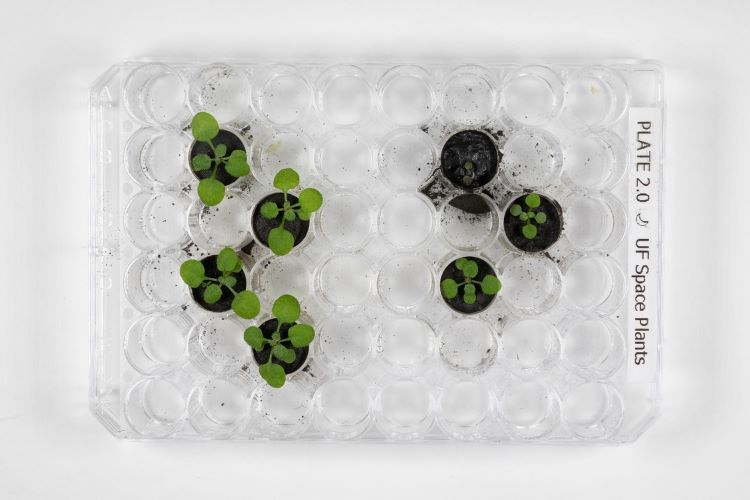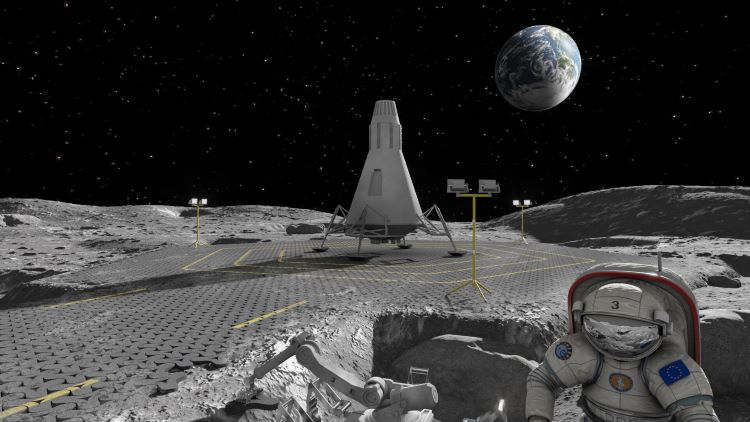In preparation for the upcoming Artemis missions to the lunar south pole, NASA recently solicited a Request for Information (RFI) from the lunar community to map out its future Lunar Infrastructure Foundational Technologies (LIFT-1) demonstration for developing In-situ Resource Utilization (ISRU) technologies as part of the agency’s ambitious Lunar Surface Innovation Initiative (LSII). The primary goal of LIFT-1, which is being driven by NASA’s Space Technology Mission Directorate (STMD), is to advance ISRU technologies for extracting oxygen from the lunar regolith, including manufacturing, harnessing, and storing the extracted oxygen for use by future astronauts on the lunar surface. Proposals for LIFT-1 became available to be submitted via NSPIRES on November 6, 2023, with a deadline of December 18, 2023.

“The LIFT-1 demonstration creates a viable path to launch, land, and conduct operations on the lunar surface. This is the infusion path we need for ongoing industry and NASA center-led technology development activities,” said Dr. Prasun Desai, who is the acting associate administrator of STMD at NASA Headquarters in Washington DC. “Using in-situ resources is essential to making a sustained presence farther from Earth possible. Just as we need consumables and infrastructure to live and work on our home planet, we’ll need similar support systems on the Moon for crew and robots to operate safely and productively.”
NASA is heavily invested in developing ISRU technologies and is in collaboration with industry and academia in a wide range of studies involving lunar regolith, including construction, oxygen extraction, and growing plants. In addition to using lunar regolith to extract oxygen, efforts are being made to extract oxygen from lunar water ice, which is the primary reason Artemis is targeting the lunar south pole due to its proximity to the permanently shadowed regions (PSRs) of the Moon.

The purpose of ISRU is to “live off the land” through the resources that are available on-hand without the need for constant resupply from Earth. Future astronauts on both the Moon and Mars will need both food and water to survive for long-term missions, and supply missions from Earth can be both costly and risky, especially as humans venture farther out into the cosmos. Therefore, steps are being taken to learn how future astronauts can use available resources to their benefit, specifically for food, water, and oxygen.
An example of the most recent off-Earth ISRU technology demonstration is the toaster-sized Mars Oxygen In-Situ Resource Utilization Experiment (MOXIE) onboard NASA’s Perseverance rover with the goal of extracting oxygen from the carbon dioxide-heavy Martian atmosphere, which was accomplished in April 2021, only a few months after Perseverance landed in Jezero Crater. After just over an hour of the test, MOXIE produced 5.37 grams (0.01 pounds) of breathable oxygen, which is enough breathable oxygen for an astronaut to use for approximately 10 minutes. After this successful test, NASA now aspires to use develop similar technologies on the Moon using lunar resources, specifically lunar regolith and water ice found at the poles.
“An ISRU technology demonstration approach has been a topic of discussion within the Lunar Surface Innovation Initiative and Consortium communities for several years,” said Niki Werkheiser, who is the director of Technology Maturation in STMD at NASA. “This RFI is the next phase to make it a reality.”
As noted, LIFT-1 is part of NASA’s Lunar Surface Innovation Initiative, but developing ISRU technologies is just one of six areas the Initiative is targeting, with the other areas of interest being surface power, excavation and construction, extreme environment, dust mitigation, and extreme access. The development of these various technologies is a massive collaborative effort between various industries and academia, and will involve both human and robotic exploration efforts, as well. But development of these various technologies will not be limited to just the Moon, as NASA is hoping to use the lessons learned from Artemis to establish the necessary technologies for future human missions to Mars and beyond.

How will ISRU help improve the upcoming Artemis missions and what new discoveries with ISRU technologies will be made in the coming years and decades? Only time will tell, and this is why we science!
As always, keep doing science & keep looking up!
The post NASA Wants to Learn to Live Off the Land on the Moon appeared first on Universe Today.
No comments:
Post a Comment